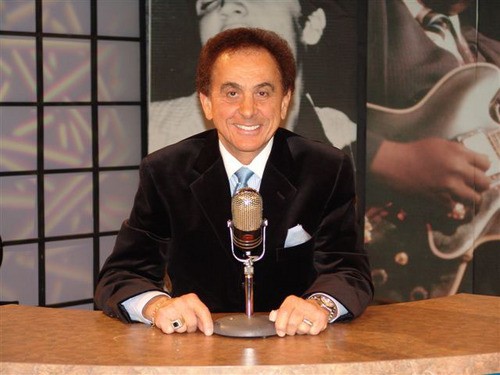I write this from the Flyer’s offices in Downtown Memphis, surrounded by stacks of books. Novels, short story collections, works of nonfiction, and even a few comic books — all Advance Reading Copies, or ARCs, in the parlance of book reviewers, literary agents, and booksellers — line my bookshelf, sit atop it, and sometimes even linger on my window ledge. It’s pure heaven for a bibliophile such a myself. It does mean, however, that sometimes a really excellent book will get lost in the shuffle. I hope, fellow readers, that for this sin, I can be forgiven. Such is the case with journalist and photographer James L. Dickerson’s coffee table photo collection Mississippi on My Mind: Random Life Through the Eyes of a Journalist (Sartoris Literary Group), released at the tail-end of 2019, when this reviewer had his mind on the holidays.
The book collects some of the many photographs taken by Dickerson over the course of his career as a journalist — and a lover of the arts, music in particular. The photos are often accompanied by excerpts from interviews with the subjects, poetry, or touching or humorous anecdotes. On the page opposite a photo of late Texas guitarist and singer Stevie Ray Vaughan, Dickerson remembers allowing the legendary bluesman to break a strict no-smoking policy the journalist had and light up in his car. Dickerson recalls, upon hearing the news of Vaughan’s untimely death in a helicopter crash, rushing out to his car to look at the half-smoked cigarette, alone in an otherwise-pristine ashtray.
 James L. Dickerson
James L. Dickerson
Stevie Ray Vaughan
One of my favorite series of photos in the book is a delightful six-page spread of glam-pop, power-pop band The Bangles, looking decidedly ’80s and L.A. when placed next to Dickerson’s other, mostly Southern subjects. Next to a photo of bassist Michael Steele, Dickerson prints an excerpt from a phone interview — one in which every member of the band is in a separate bathroom in a “cavernous house in the heart of Los Angeles.” My particular favorite photo is one of Susanna Hoffs playing a solid-body Rickenbacker guitar slung low over a purple-white blouse with enormous shoulder pads. It is excellent.
Mississippi on My Mind includes photos of Estelle Axton (co-founder of Stax Records), Bobby Womack, Waylon Jennings, Tom T. Hall (who penned the lyrics to “Harper Valley P.T.A.”), George Klein, and Scotty Moore, Elvis Presley’s legendary original guitarist. It’s no surprise that Moore is numbered within the volume’s subjects; my first encounter with Dickerson’s work was his biography of Moore, That’s Alright, Elvis. There are also photos from beloved local landmarks such as the Memphis Zoo and the Levitt Shell.
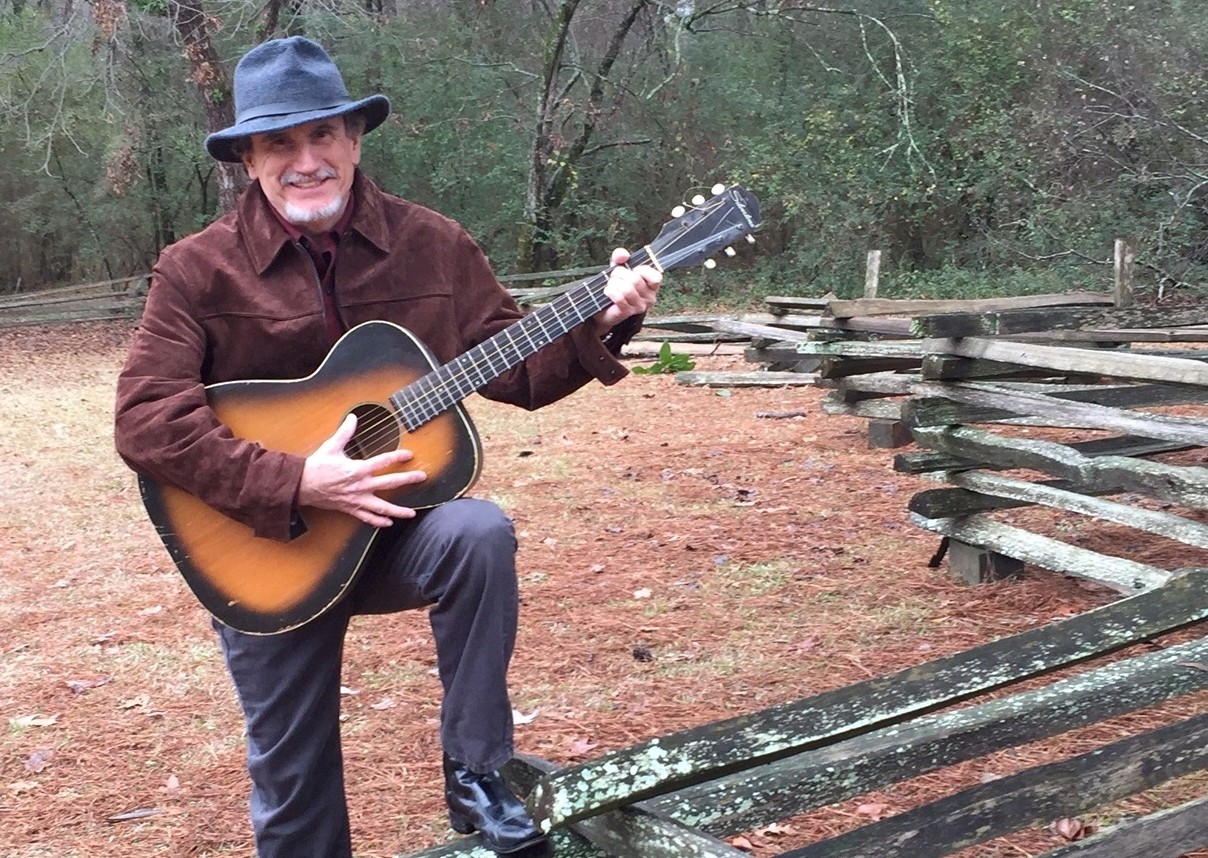
James L. Dickerson
For the most part, Mississippi on My Mind can be broken down into three sections — Memphis, Mississippi, and Nashville. It’s a true trinity of Southern arts and music, and Dickerson knows his subject matter well. All in all, the book is a fun read, and it seems ample evidence of the truism that, in photography and journalism, there is no substitute for being there at the right time. For those who weren’t, though, Dickerson’s book makes a worthy passport.
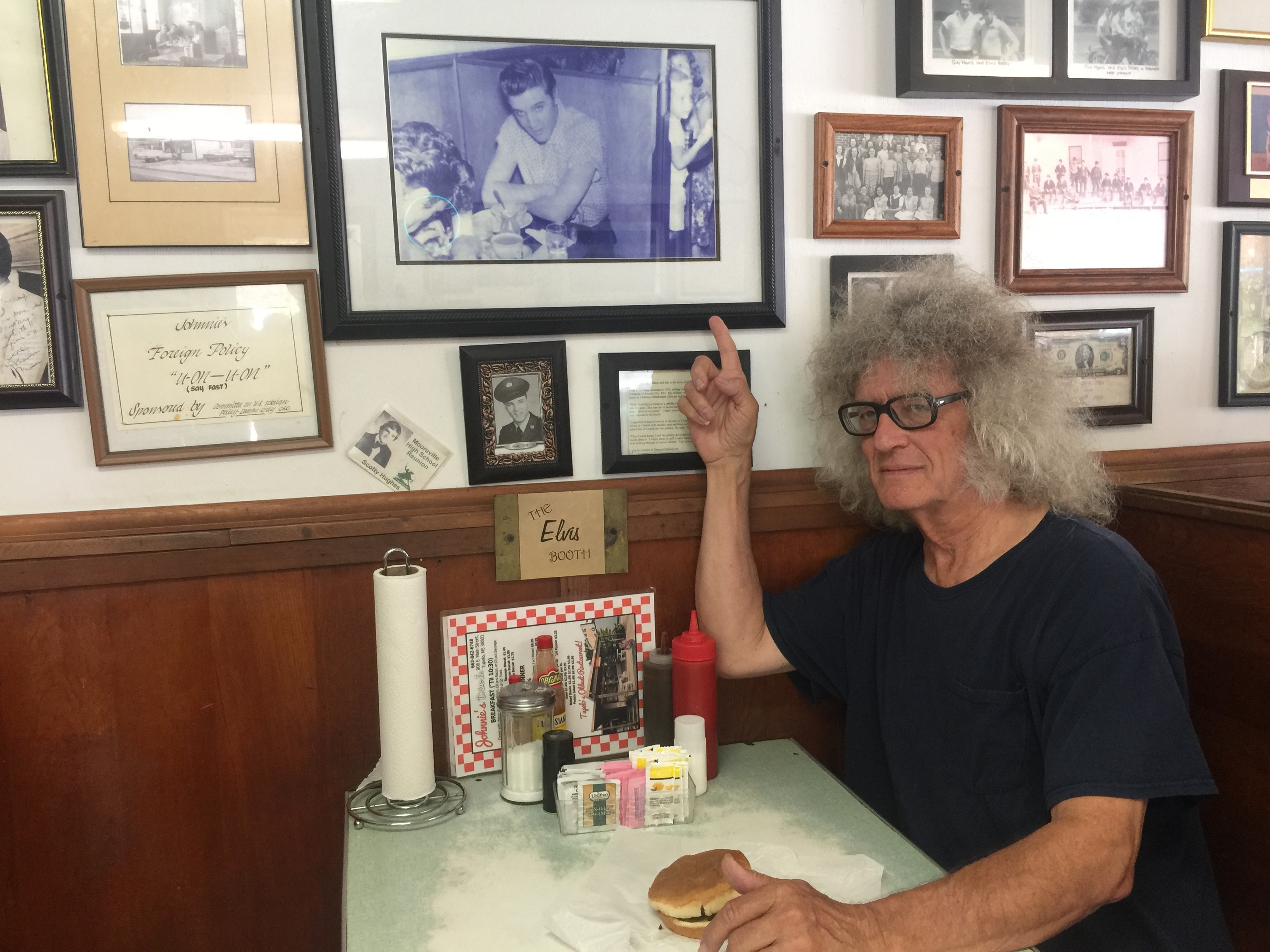 Amanda Smith
Amanda Smith  MIchael Donahue
MIchael Donahue 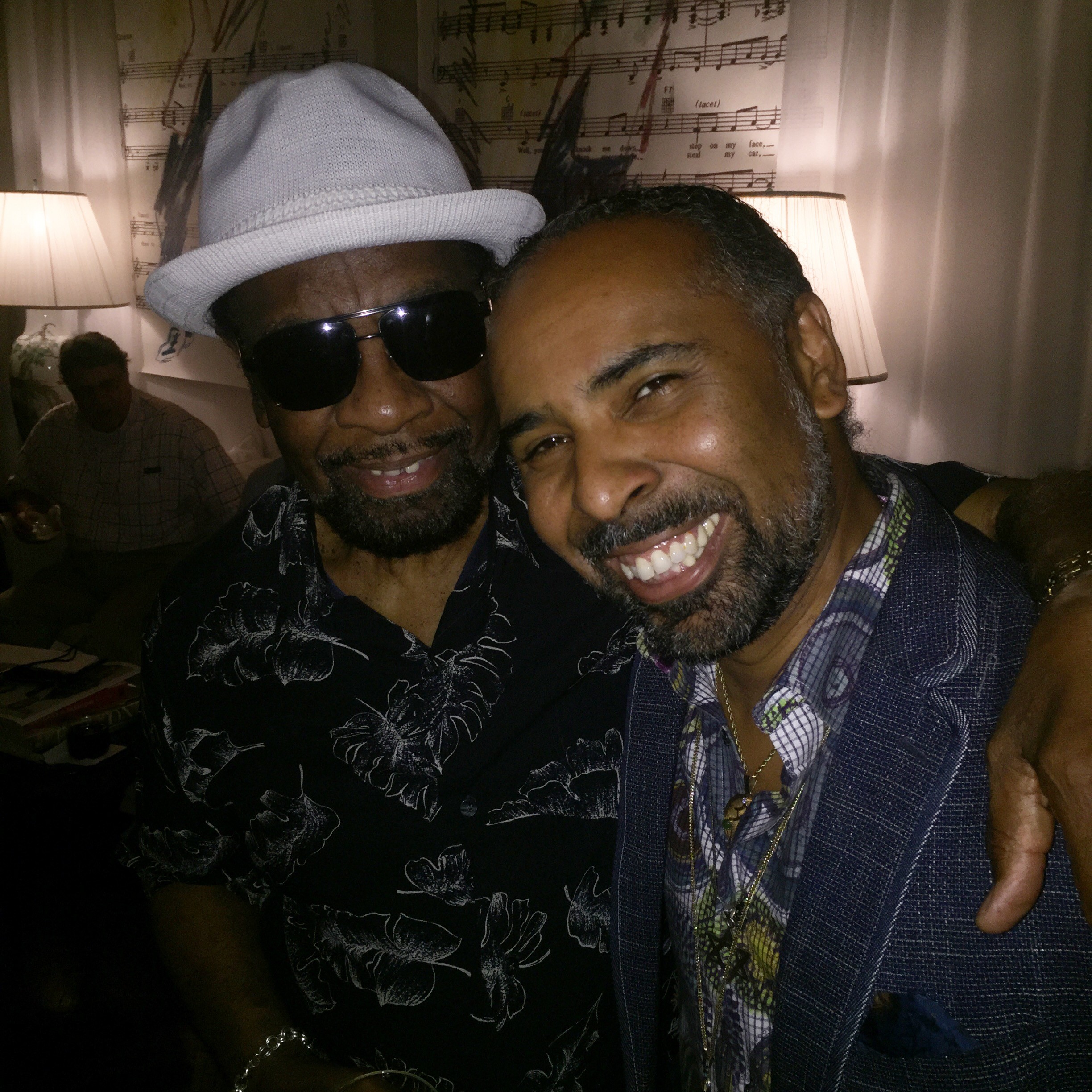 Michael Donahue
Michael Donahue  Michael Donahue
Michael Donahue 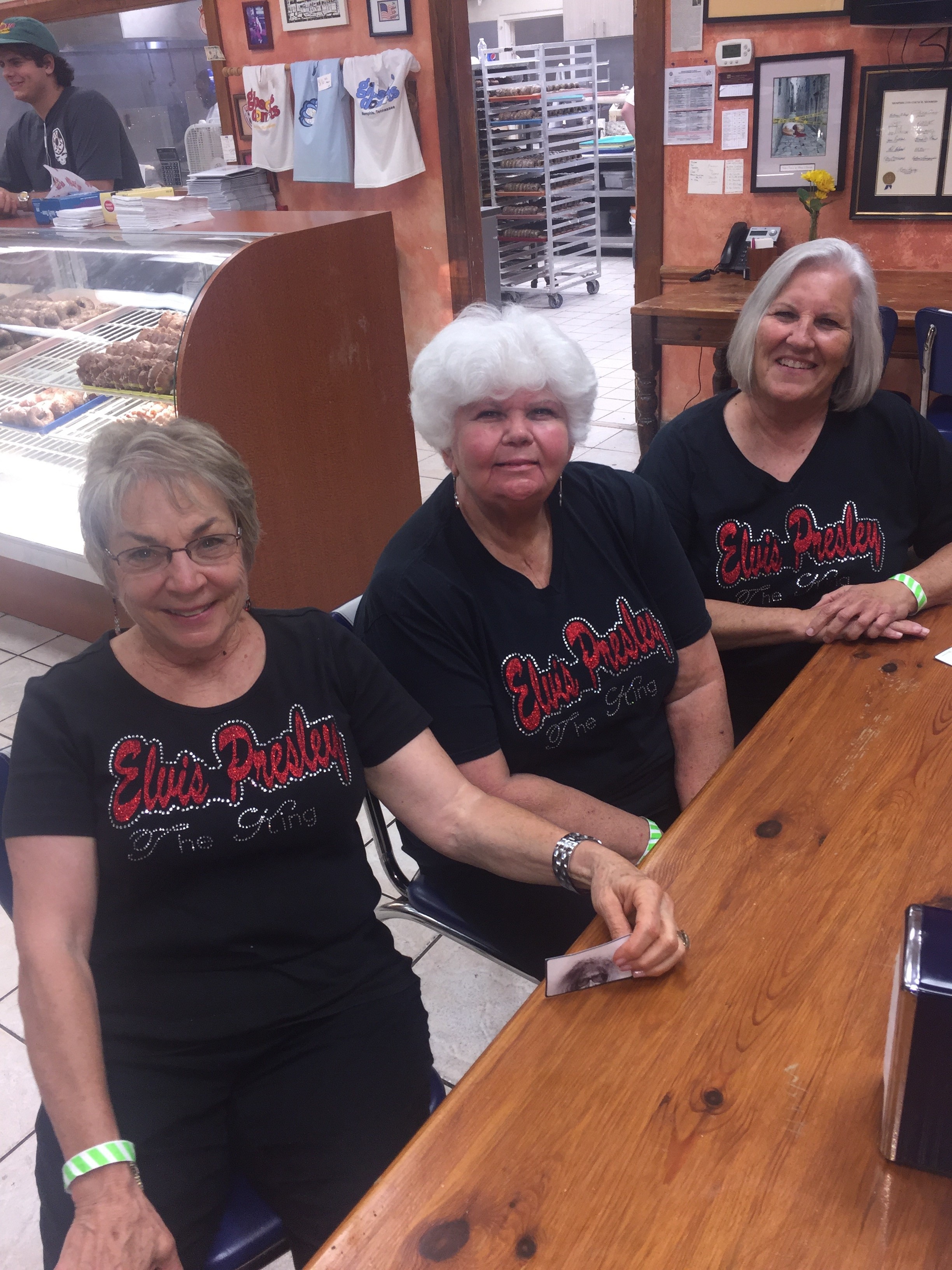 MIchael Donahue
MIchael Donahue  Michael Donahue
Michael Donahue  Michael Donahue
Michael Donahue 



